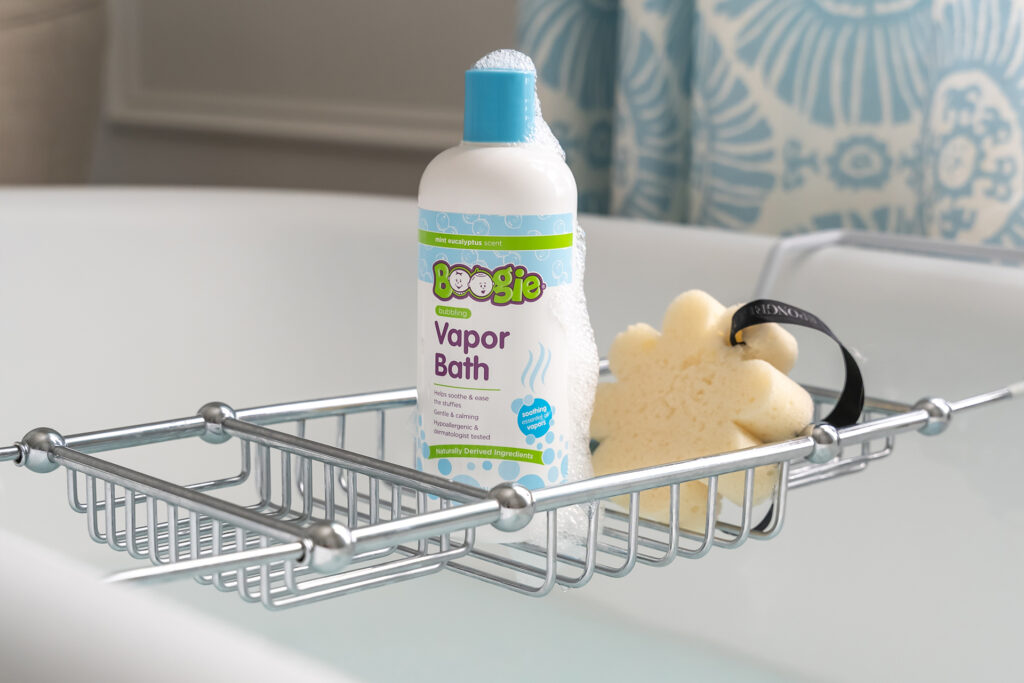 The art of massage isn’t just for injured athletes or stress-filled office workers. Babies can benefit too.
The art of massage isn’t just for injured athletes or stress-filled office workers. Babies can benefit too.
It seems like an oxymoron … infant massage. How could these creatures – swaddled, nurtured, shielded from the cruelties of the world in every way – possibly be in need of massages?
We
adults use massage to melt away the stresses of the day – meeting
deadlines, paying bills, juggling all facets of our busy lives. Or to
deeply penetrate and relieve taxed muscles, from elite athletes to
weekend warriors.
But babies? It may seem surprising, but an
infant’s developing nervous system can benefit greatly from a skilled
massage as he learns to cope with our big, cold and noisy world.
As
any new parent will tell you, an infant’s life is far from peaceful.
There are the digestive pains. The inability to soothe oneself to sleep.
Learning to breastfeed. Even teething pains eventually.
The general benefits of baby massage comprise four main areas:
- relief from pain and minor upsets;
- interaction with parents and the environment, thus supporting bonding and attachment;
- relaxation for deeper and longer sleep;
- stimulation, especially for the nervous system, to grow and manage itself.
Jill
Vyse has been working with families and their babies since 1991 at her
Ottawa studio (infantmassage.ca). She has found two major reasons why
parents should give infant massage a try: to aid digestion and sleep.
“Serious gas, constipation, colic and improved sleep are the reasons I hear again and again,” says Jill.
With
regard to digestion, massage stimulates a particular nerve to release a
digestive hormone. This in turn improves baby’s digestion and makes
bowel movements easier.
As for improving sleep, as with adults,
massage helps baby relax. The strokes that parents learn in baby massage
classes stimulate the infant’s central nervous system in a way that
enables the baby to self-calm more easily.
Baby massage differs
from adult massage in that parents do massage with the baby and not to
the baby. As you will notice at a baby massage class, your baby is on
her back, so there is eye contact and communication between you and your
child.
“It’s so rewarding to start to learn your baby’s cues in such a fun way,” says Jill.
As
moms who have tried baby massage, we can tell you, as with most things
that benefit your baby, you’ll soon feel much better as well.
Tips for massaging your baby
Follow your baby’s cues. She has a large vocabulary in her body language and in the sounds she makes.
Talk to your baby. Communicating through words, and the tone of your voice develops your baby’s listening skills. And, of course, smile!
Stay encouraged. Even when your baby is not “attuned to interact and massage” at this particular time, try again later that day, or another day.
Create the right atmosphere. You need a warm area and a calm surrounding. Have a baby-friendly oil at hand.
Ask permission.
Making small circles around the head or a suitable touch, warm up a
little oil in your palms. You can say something like, “Hi Sweetie, are
you ready for a massage?”
Now you can try these three techniques
Cuddle and glide on legs.
Start with holding your baby’s ankle on the inside with one hand and
stroking from the hip to that ankle with your other hand. Make several
gentle and firm strokes and watch how your baby responds. Relax your
hand and it will mould to suit the shape of the thighs. Babies often
enjoy this same stroke for the arms; just go slowly.
Benefits: Fun, relaxing, improves circulation.
Yummy tummy.
You will need to work very low on baby’s tummy, so pull the diaper down
or try this during a diaper change or post-bath. Start with hands near
the belly button and stroke down with your flat palms, using a paddling
motion down to the groin. Let one hand follow the other.
Benefits: Proven results for serious gas, constipation, promotes regularity.
Criss-cross. Just
like on the tummy, you will need a little more oil. Start with each
hand on baby’s lower rib cage, then gently glide up, across your baby’s
chest, to the opposite shoulder and glide back. One hand at a time. This
stroke is like painting a big letter X on your baby’s chest. Take your
time and watch your baby’s cues.
Benefits: Relief for chest congestion, encourages baby to take a deeper breath, fun.
Moms
Andrea and Lianne cofounded WhereParentsTalk.com and co-host Parents
Talk on Rogers TV. Together they have produced several award-winning
parenting DVDs and web videos.
Originally published in ParentsCanada, May/June 2012










